What's in store - October 2023
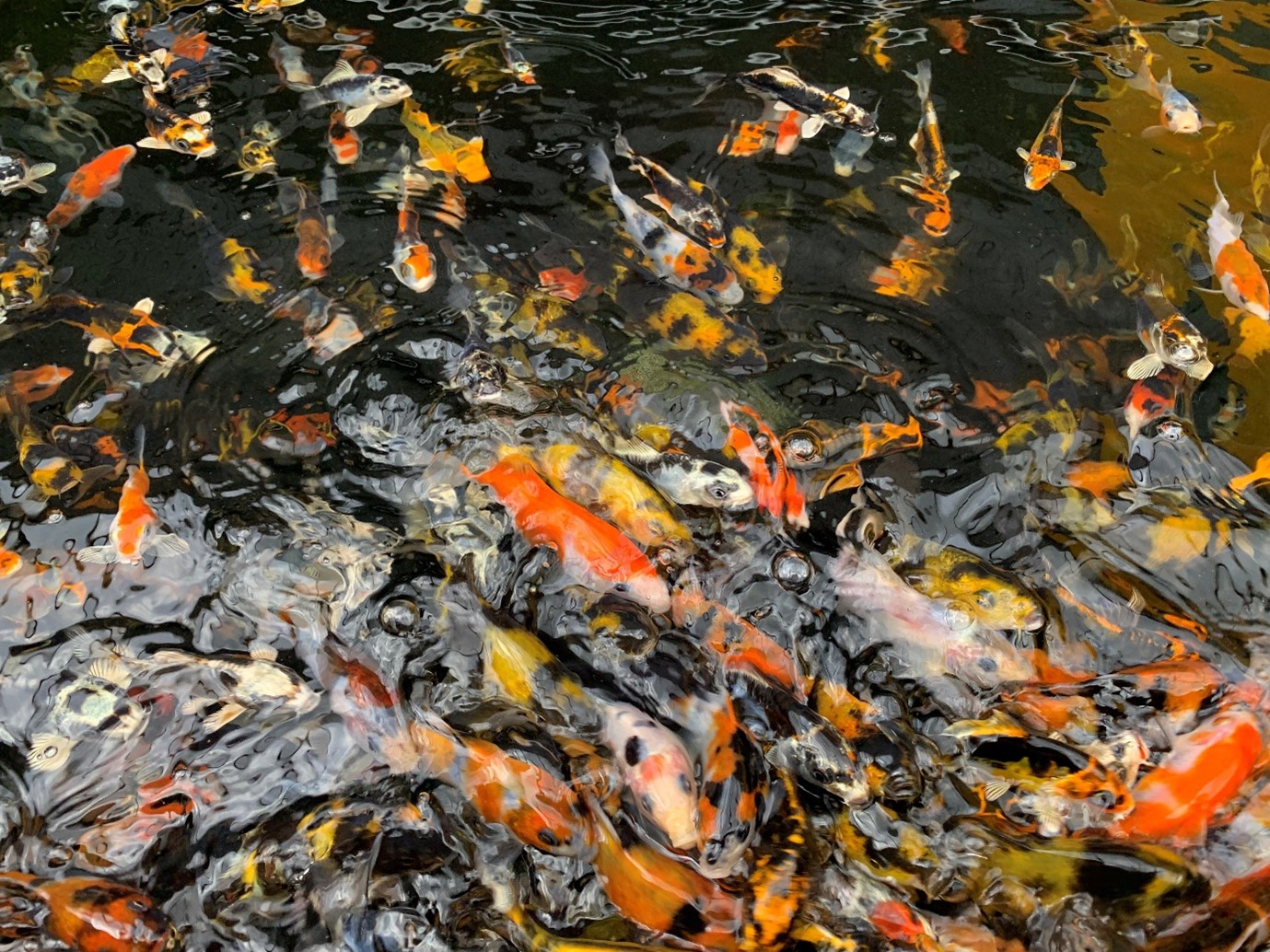
It’s the time of year for bargains in our pond systems and these Japanese koi (Cyprinus rubrofuscus) at our Farnham store are a striking example, their breeder is named on the label and they’re now well under £10 each. End of season batches of young fish such as these are a great place to look for those late developing varieties that don’t show their full promise until they’ve put on some size.
https://www.fishkeeper.co.uk/fish/freshwater/pond-fish/koi
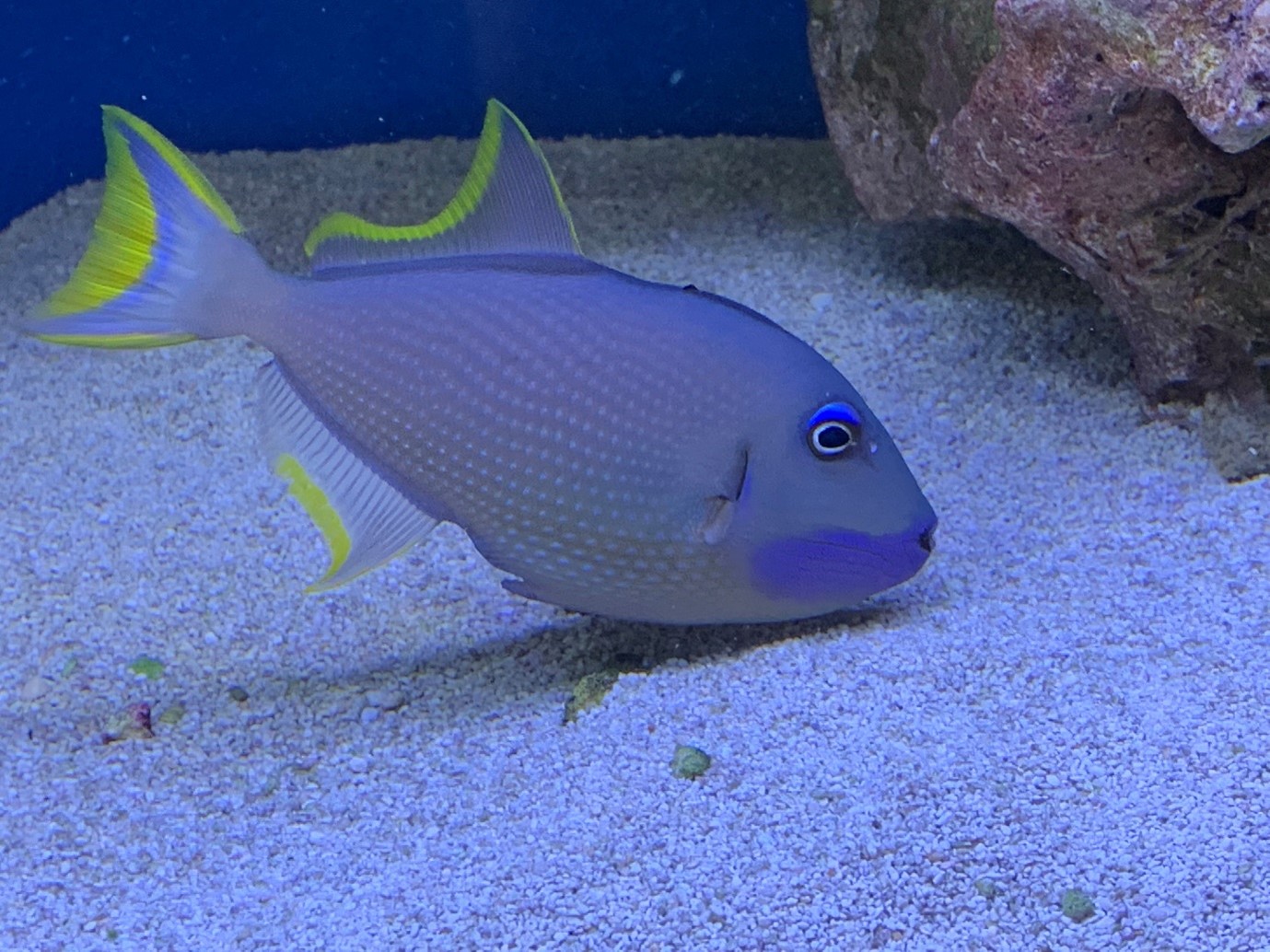
Triggerfishes are some of the most responsive and rewarding marine fish pets but are often loveable rogues with borderline psychotic tendencies. Everyone loves a pet with character until it bites through a cable or tries its (metaphorical) hand at aquascaping by turning corals upside-down on the sand! Fortunately, there are some far less destructive members of the family and the plankton-feeding species can even be kept in mixed-sex groups alongside corals. One of the most desirable of these is the Bluethroat trigger (Xanthichthys auromarginatus) and this male was looking good at our Cwmbran store.
https://www.fishkeeper.co.uk/fish/marine/miscellaneous-fish/blue-throat-triggerfish-
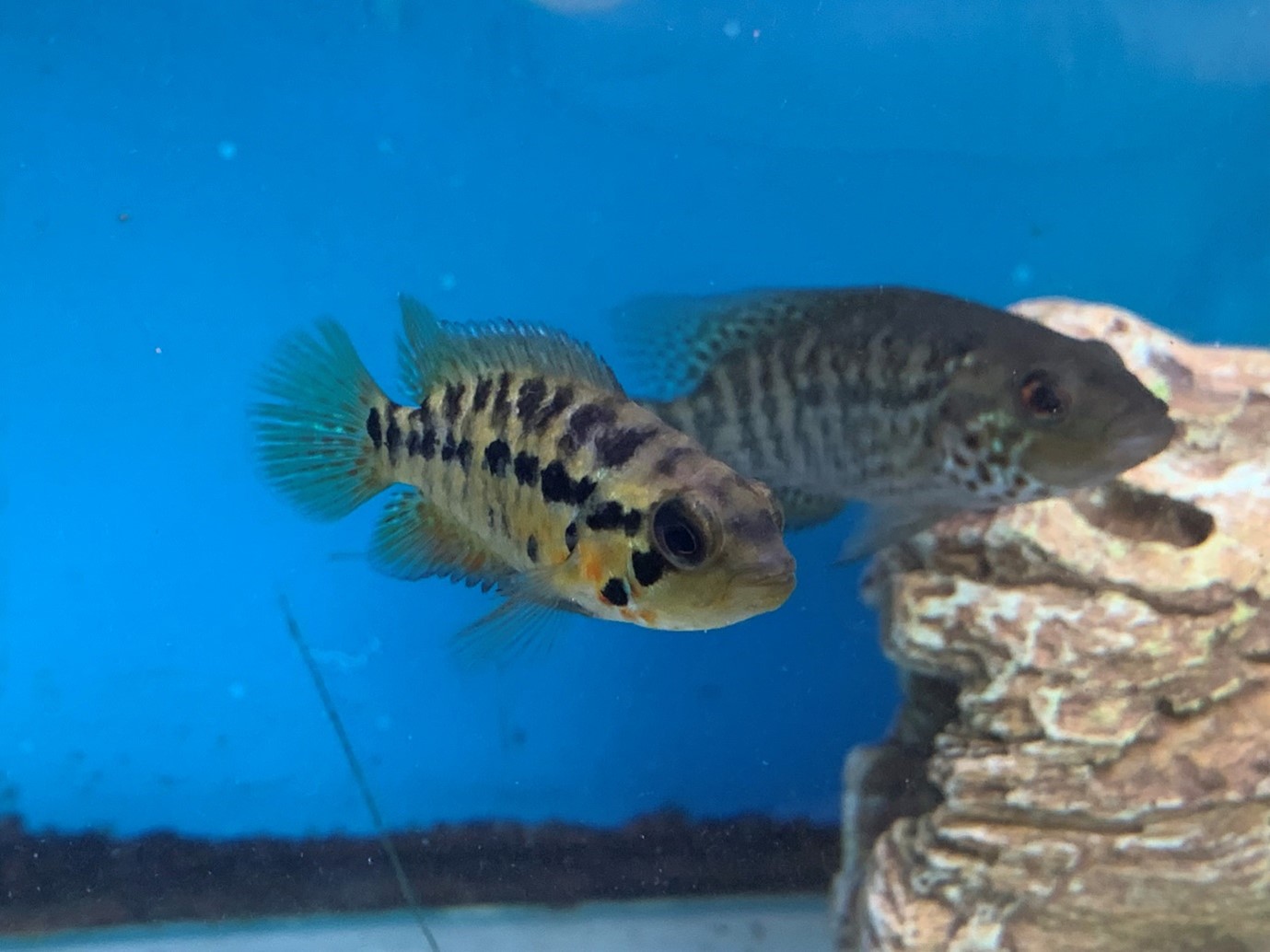
Large Central American cichlids such as these Red tiger motaguense (Parachromis motaguensis) are magnificent beasts that need very large aquaria to be seen at their best as adults. Like many Centrals they start breeding young though, and these small juveniles at our Bourne End branch were already full of raging hormones. As the females are usually the more aggressive sex in their spawning interactions, the males benefit from being larger and able to cope with a bit of violence. Part of keeping their pair bonds stable is giving both parental fish a target for their aggression and a mirror on the outside of one of the side panes can help in the absence of robust tankmates and a huge tank where they can escape serious attack.
https://www.fishkeeper.co.uk/fish/freshwater/cichlids/central-american-cichlids
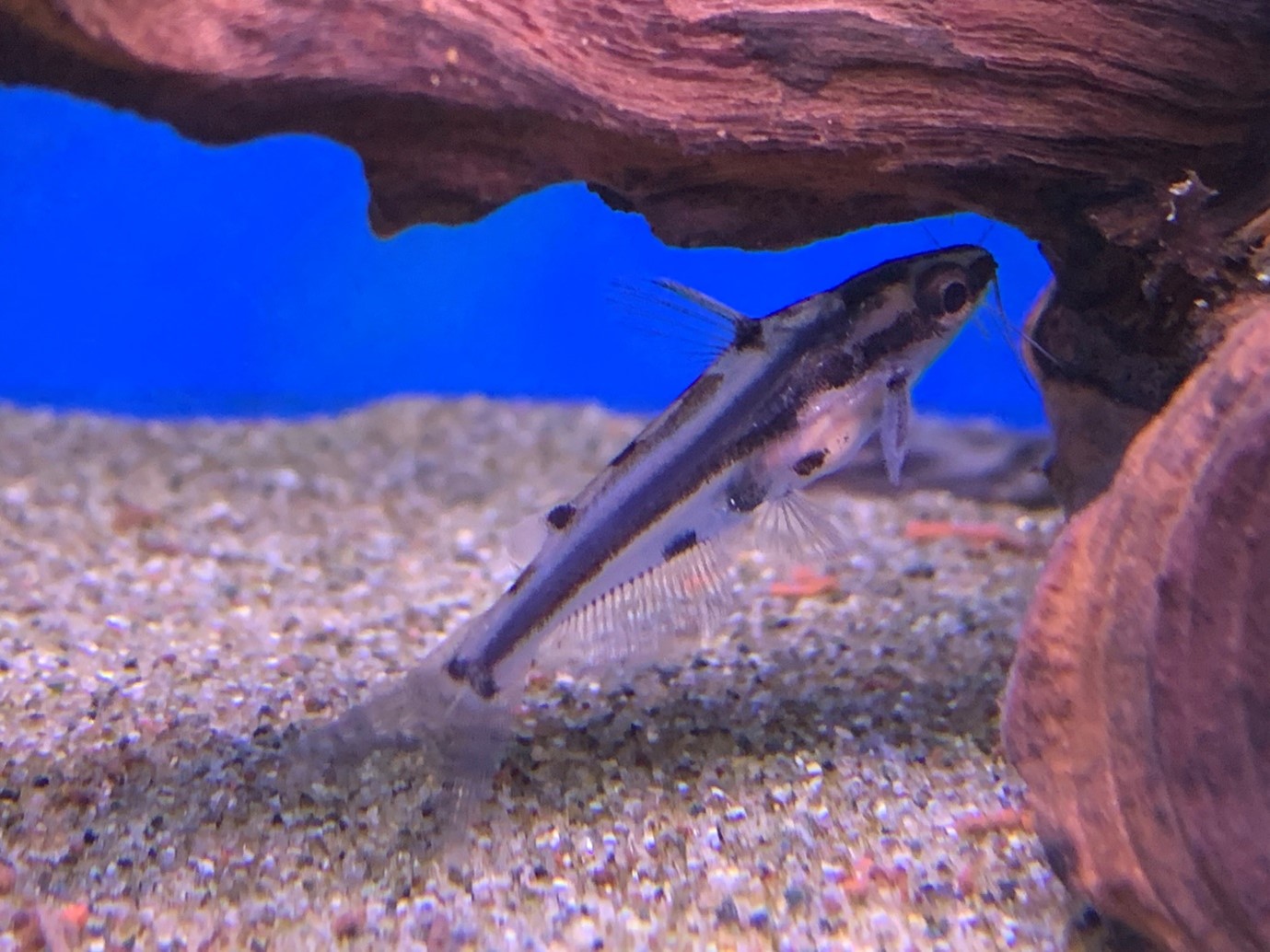
There are many catfishes to choose from for a community aquarium, but most of them tend to be either Corydoras or the ever-popular L numbers and plecs. One of the more unusual options is the Shadow catfish (Hyalobagrus flavus) or ‘The artist formerly known as Pelteobagrus ornatus if you’re of a certain vintage. This handsome small shoaling catfish hails from weedy blackwater streams and makes a perfect companion for peaceful tankmates that appreciate the same conditions. A highlight of a recent visit to the Shrewsbury store.
https://www.fishkeeper.co.uk/fish/freshwater/catfish/shadow-catfish-
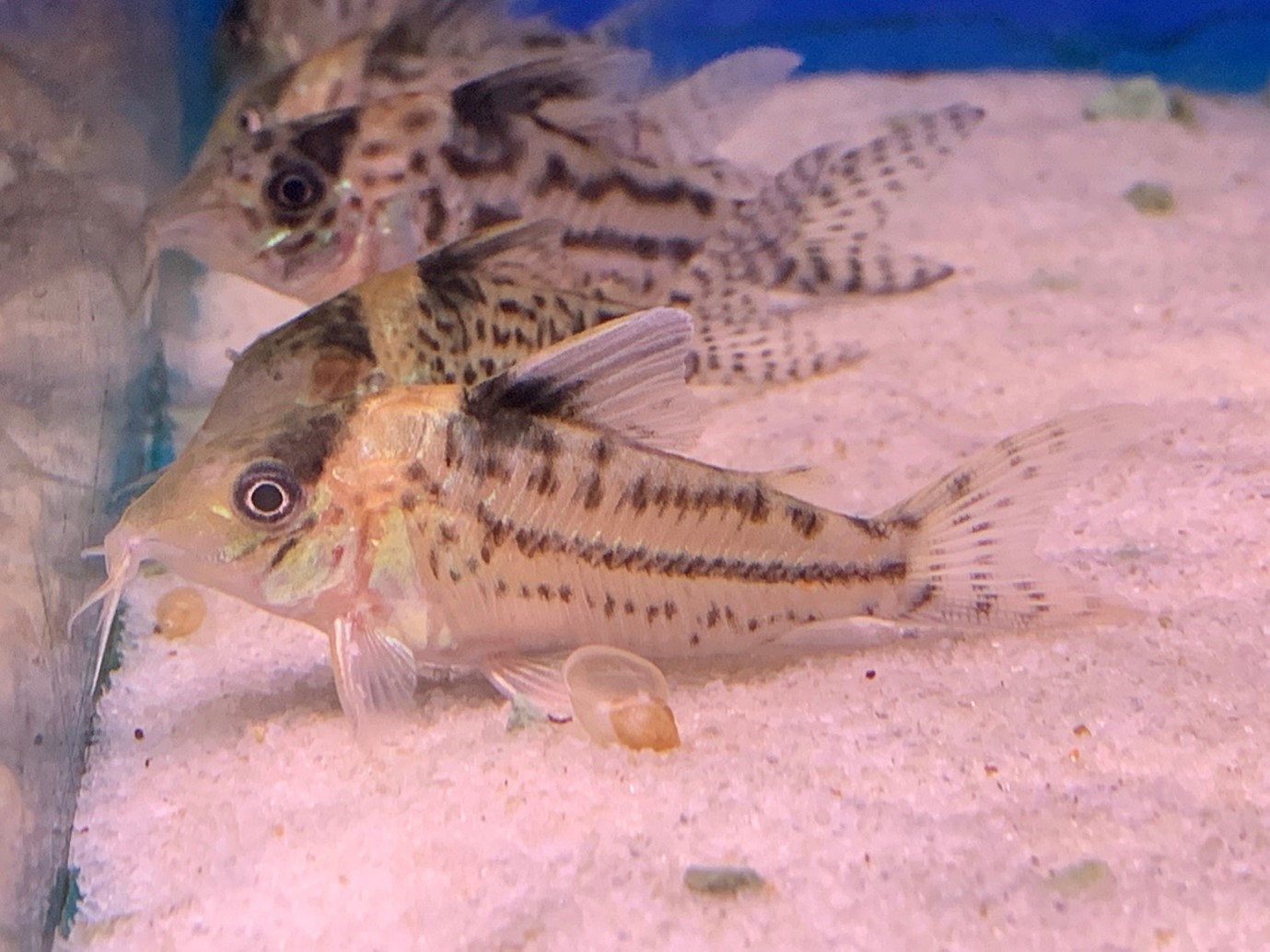
If you’ve noticed our new labels in store, you’ll know that Corydoras catfish are one of the biggest groups of community fish that we carry. In some of our stores they even outnumber the tetras in diversity. The reason for this just adds to their appeal – they’re perfect community fish that can be trusted alongside any peaceful tankmates. One species that we’ve not got around to adding to our databank and label system yet is the first of the previously undescribed ‘C numbers’ C001, now more accurately known as Corydoras incolicana. As you can see from this group at Mere Park, they’re a beautiful, social species with care requirements typical of the family.
https://www.fishkeeper.co.uk/fish/freshwater/catfish/corydoras-and-relatives
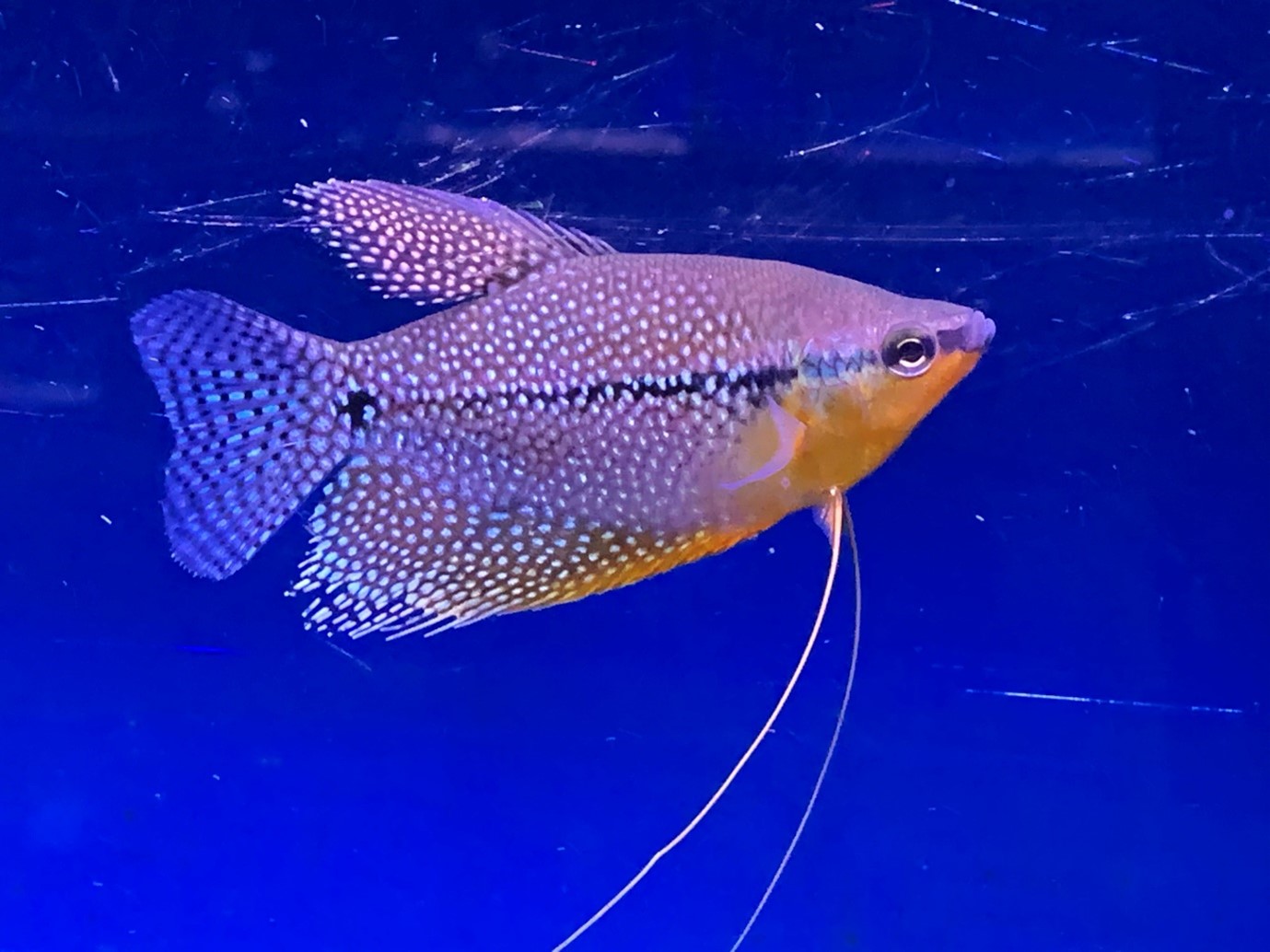
An all-time favourite of many long-term hobbyists, the male Pearl gourami (Trichopodus leerii) is a classic that adds elegance to any suitable aquarium. A reasonably large community fish, this is not a species for the nano tank but will serve as a great contrast to shoaling rasboras, tetras and peaceful barbs. Like most gouramis it appreciates areas of cover that enable animals to avoid one another and offer areas of sanctuary when required. This handsome male was seen at our Cwmbran store.
https://www.fishkeeper.co.uk/fish/freshwater/anabantids/pearl-gourami-lace-gourami


